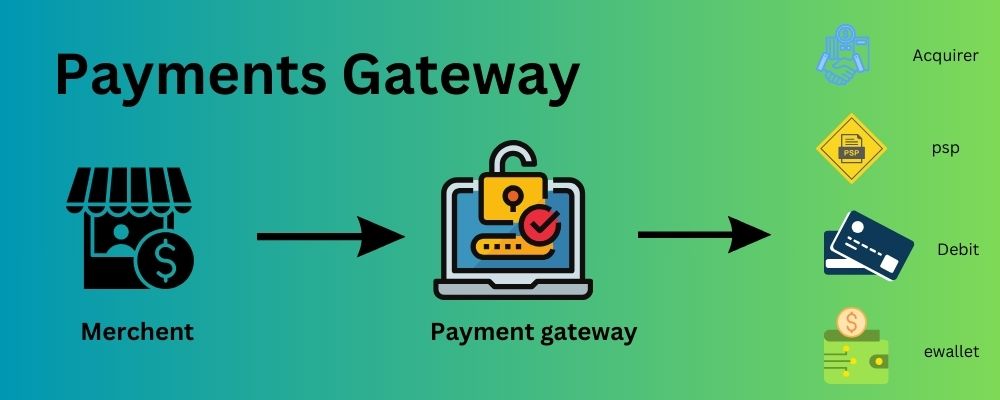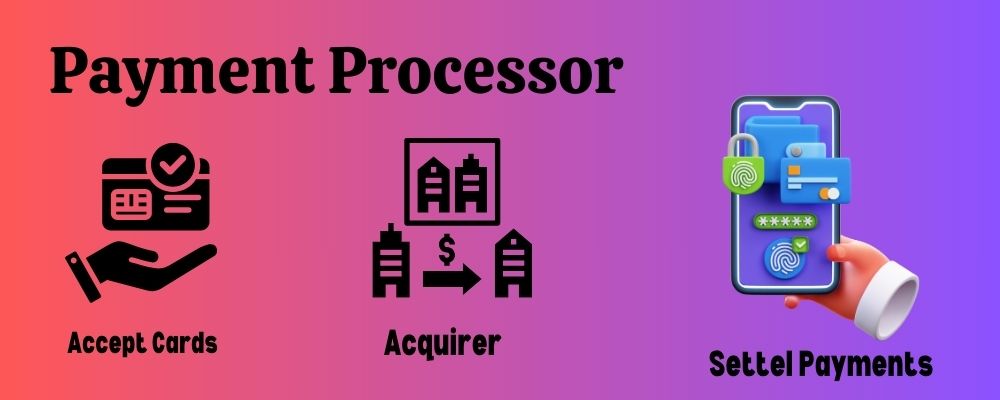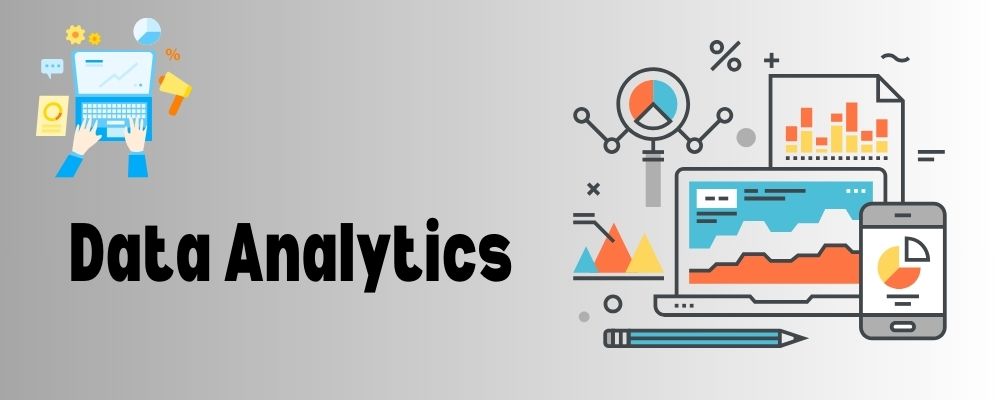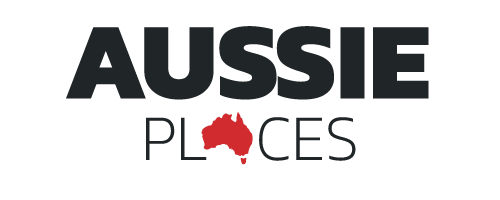Navigating the world of payments today can feel like a maze with options like digital wallets, credit cards, debit cards, cryptocurrencies, and bank transfers. The complexity intensifies when you have to juggle different currencies and payment processing rules. But guess what? There’s something called payment orchestration that’s here to make it all way simpler. Payment orchestration is a smart way of handling payments. This strategic solution is designed to simplify the complexities associated with managing payments. This approach involves streamlining the oversight of various payment providers, acquirers, and banks to optimise payment conversions cost-effectively. This enables businesses to seamlessly accept payments from a global customer base. In this blog post, our mission is to give you a complete guide to understanding payment orchestration. Our goal is to offer insights into how this strategic approach can efficiently manage the financial aspects of both businesses and individuals.
What Is Payment Orchestration?

Payment orchestration is a solution that simplifies the complex task of managing diverse payment systems, providers, and methods for businesses. It acts as a centralised hub that provides businesses with a unified space to effortlessly monitor and control a spectrum of payment processes. This approach not only empowers merchants to diversify their payment options but also streamlines payment procedures. Also, the study on payment orchestration says that its market size is expected to reach $3.7 billion by 2028.
Payment orchestration platforms integrate seamlessly with a comprehensive array of payment providers, such as credit card processors, alternative payment methods, digital wallets, real-time payment services like FedNow in the U.S., payment gateways, and acquiring banks. By offering a consolidated access point to this diverse payment ecosystem, payment orchestration ensures a more seamless and adaptable payment experience for businesses and customers.
In simple terms, payment orchestration uses technology to create seamless, real-time connectivity between businesses and their banking partners. This simplifies the process of making and receiving payments from various sources worldwide, ensuring quick, secure, and compliant payment operations. The ultimate goal of payment orchestration is to enhance the overall payment process for businesses and customers alike.
Here Is How It Works
The payment orchestration platform has several important parts, and each does a crucial job in handling payments. Here, we’re listing these key components to make it easier for you to understand how it all works.
1. Payments Gateway

The first point of contact in the payment orchestration process is the payment gateway. It works as a software program that stands in between the payment processor and the digital interface (website or app) of a company. Its main job is to securely transfer consumer payment information to the payment processor and give them real-time status updates on their transactions.
Pro Tip:
Explore a diverse range of cutting-edge tech gadgets that won't break the bank - all under $500!
These gateways are essential to the payments orchestration system since they enhance its capabilities by integrating with various providers and increasing the range of approved payment methods for companies.
2. Payment Processor

Following the payment gateway, the payment processor plays an important role in the payment orchestration process. The payment processor, who is frequently represented as a financial institution or service provider, is tasked with the important responsibility of authorising and settling payment transactions. While the supply of its services is not free, with fees based on parameters such as payment method and transaction volume, payment orchestration platforms serve as gatekeepers. They actively handle partnerships with various payment providers, supervising responsibilities ranging from account creation to contract administration and transaction cost monitoring. This multidimensional involvement assures rigorous adherence to regulatory regulations and industry standards, as well as smooth integration with different acquiring banks, boosting payment processing efficiency and security.
3. Payment Method Support

Systems for payment orchestration are known for their extensive support of a wide range of payment types. These systems easily integrate new options like eWallets and bank transfers, in addition to more conventional choices like credit and debit cards. Customers are guaranteed flexibility through this inclusive approach, allowing them to interact with businesses using their preferred mode of payment. Payment orchestration systems, whether they are swiping a card or making a smooth bank transfer, build an adaptable ecosystem to meet the various demands of clients.
4. Payment Routing Logic

At the core of payment orchestration lies the intricate dance of payment routing logic. Empowered by sophisticated algorithms, this component plays a pivotal role in determining the optimal route for each transaction. Factors such as the selected payment method, transaction amount, currency, and the geographical location of the customer collectively influence the algorithm’s decision-making process. The overarching goal is to enhance efficiency and cost-effectiveness by directing transactions through the most suitable payment gateway and acquiring banks.
5. Fraud Detection Systems

Ensuring the security and integrity of the payment ecosystem, fraud detection systems serve as a robust layer within payment orchestration. Leveraging advanced technologies such as machine learning and artificial intelligence, these systems analyse patterns in payment data to swiftly identify and prevent potentially fraudulent transactions.
Pro Tip:
Empower teens with essential smart money moves for financial success - explore our comprehensive guide.
By continually evolving and adapting to emerging threats, fraud detection systems fortify the payment infrastructure against illicit activities, providing reassurance for both businesses and customers.
6. Currency Conversion Tools

Currency conversion solutions, which are especially important for firms with a global footprint, enable payment orchestration to cross international borders. These solutions make it easier to take payments in several currencies by automatically converting them to the preferred currency of the business. As a result, customers engaged in cross-border transactions have a seamless and frictionless experience, allowing businesses to expand into new areas and serve a diversified, global audience.
7. Data Analytics and Reporting

Payment orchestration provides a comprehensive and centralised view of the payment landscape, allowing businesses to streamline payment procedures and diversify their payment options. Data analytics and reporting play a crucial role in payment orchestration, empowering merchants with actionable insights to enhance customer experiences, optimise conversion rates, and refine overall payment processes. By continuously analysing data, businesses can gain insights into customer behaviours and preferences, detect fraudulent activities, and make adjustments to their payment strategies. This symbiotic relationship between data analytics and payment orchestration fosters continual improvement and innovation in the realm of financial transactions.
The Importance of Payment Orchestration
- Diverse Payment Methods
In the dynamic landscape of modern commerce, businesses encounter the challenge of accommodating a multitude of payment methods to meet the diverse preferences of their customers. The expectation for flexibility in payment choices, whether through credit cards, digital wallets, or other options, adds a layer of complexity for businesses. Enter payments orchestration, a strategic solution that simplifies this challenge by providing a singular integration point for multiple payment methods. By consolidating these diverse options into a unified system, businesses can efficiently manage and cater to the varied payment preferences of their customer base.
- Multiplicity of Payment Gateways
The operational demands of handling multiple payment gateways and processors present a notable challenge for businesses, both in terms of time and expenses. Navigating the intricacies of these various systems can become cumbersome. Payments orchestration steps in as a solution, streamlining this complexity by offering a unified integration point. This not only saves time but also reduces the associated costs, providing businesses with a more efficient and cost-effective approach to managing their payment infrastructure.
Pro Tip:
Stay ahead with the top cryptocurrency trends shaping Australia in 2023 - Explore the latest developments and insights!
- Complex Payment Processing
The intricacies involved in payment processing, encompassing numerous steps and engaging multiple parties such as banks and payment processors, pose a significant challenge for businesses. This complexity can be particularly daunting for those new to the industry or in the early stages of their business journey. Payment orchestration serves as the solution to this challenge by shouldering the intricacies of payment processing on behalf of the business. By providing a streamlined and centralised approach, payment orchestration simplifies the entire process, making it more accessible and navigable for businesses.
- Simplifying for Businesses
For businesses, especially those finding their footing in the industry, managing the intricacies of payments can be a formidable challenge. Payment orchestration is specifically designed to address this challenge by simplifying the entire payment process. By offering a user-friendly and comprehensive solution, payment orchestration becomes an invaluable tool for businesses, allowing them to navigate complexities more effectively, particularly during the early stages of their operations.
Pro Tip:
Learn more about the significance of financial wellness and its impact on overall well-being.
- Cost Reduction
The management of diverse payment methods and gateways can potentially lead to increased costs for businesses. Payments orchestration emerges as a strategic solution to mitigate this challenge. By offering a centralised platform for handling various payment intricacies, it streamlines processes, reduces operational costs, and provides businesses with a more cost-effective means of managing their payment ecosystem.
- Enhanced Customer Options
Meeting customer expectations in the realm of payment options is a critical challenge for businesses. The modern consumer expects a wide array of choices when it comes to making payments. Payment orchestration plays a pivotal role in addressing this challenge by facilitating businesses to offer a broader spectrum of payment choices. This not only meets the diverse preferences of customers but also enhances the overall customer experience, contributing to increased satisfaction and loyalty.
Benefits of Payment Orchestration

- Enhanced Payment Security
With payment orchestration, businesses benefit from an elevated level of payment security. By centralising payment processes, the platform can implement robust security measures consistently across various payment methods and gateways. This comprehensive approach minimises vulnerabilities, safeguarding both the business and its customers from potential threats and ensuring secure financial transactions.
- Cost Efficiency
One of the prominent advantages of payment orchestration is cost reduction. The streamlined management of diverse payment methods and gateways through a unified platform optimises operational efficiency, leading to lower costs. This efficiency not only results in financial savings but also allows businesses to allocate resources more strategically, contributing to overall fiscal prudence.
- Scalability
Payment orchestration provides businesses with a scalable solution that grows with their needs. As enterprises evolve, the platform accommodates increasing transaction volumes, additional payment methods, and the expanding complexities of a growing business. This scalability ensures that businesses can adapt their payment infrastructure to match the demands of their expanding operations without encountering limitations.
- Facilitating Expansion and Growth
A fundamental benefit of payment orchestration is its ability to facilitate business expansion and growth. By offering a centralised and adaptable system, businesses can seamlessly enter new markets, support international transactions, and cater to a broader customer base. The flexibility provided by payment orchestration becomes a strategic enabler for businesses looking to extend their reach.
- Staying Ahead in the Market
In the dynamic landscape of modern commerce, staying ahead is crucial. Payment orchestration positions businesses at the forefront of industry trends. By adopting a forward-looking approach, businesses can quickly integrate emerging payment methods and technologies, ensuring they remain competitive and aligned with evolving customer preferences and market demands.
Pro Tip:
Discover the benefits of investing in stocks and how they can pave the way for your financial growth.
- Improved Conversion Rates
One notable advantage of payment orchestration is its positive impact on conversion rates. By offering a diverse array of payment options and ensuring a seamless payment experience, businesses can reduce friction in the purchasing process. This enhanced convenience for customers translates into improved conversion rates, contributing to increased sales and revenue.
- Increased Payment Processing Efficiency
Efficiency in payment processing is a key benefit of orchestration. By centralising and optimising the payment workflow, businesses can achieve faster and more reliable transaction processing. This efficiency not only enhances the overall customer experience but also ensures that businesses can handle a higher volume of transactions without compromising on speed or accuracy
Effective Practices for Payment Orchestration Implementation

Payment orchestration is a powerful tool for streamlined payment processing, but its success depends on proper implementation. If done incorrectly, it can lead to increased costs and time-consuming challenges. To optimise payment orchestration, businesses should choose solutions that simplify compliance and enhance transaction success rates across various channels. During setup, attention to alignment with specific payment methods and prioritising security measures, like encryption and tokenization, is crucial. Effective reporting capabilities are essential for measuring transaction performance. It’s important that payment orchestration adapts to industry changes and is configured to ensure seamless and user-friendly experiences across all methods. Following these practices ensures businesses can swiftly and cost-effectively benefit from payment orchestration solutions.
Streamlining Costs with Payment Orchestration

Businesses can reap significant savings through payment orchestration. Firstly, it cuts down on the costs tied to expanding payments globally by centralising the process and offering a single point for adding new features. This means less manual work and no need to deal with multiple payment service providers. Secondly, payment orchestration makes international payments and currency exchanges more straightforward, helping companies avoid foreign transaction fees and currency exchange losses. Lastly, it efficiently routes payments to customers, ensuring peak performance while reducing overall expenses. In summary, payment orchestration becomes a user-friendly cost-saving tool for businesses, streamlining processes and boosting financial efficiency.
Conclusion
We hope this guide has made payment orchestration clearer for you. This strategic approach simplifies payments for businesses, saving costs and ensuring smooth transactions globally. By centralising processes and unifying payment methods, businesses can save time, reduce manual labour, and provide a seamless payment experience for customers worldwide. Payment orchestration is a valuable tool as technology advances, helping businesses adapt, grow, and stay competitive in the ever-evolving world of financial transactions.

